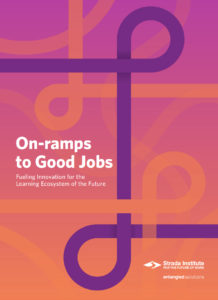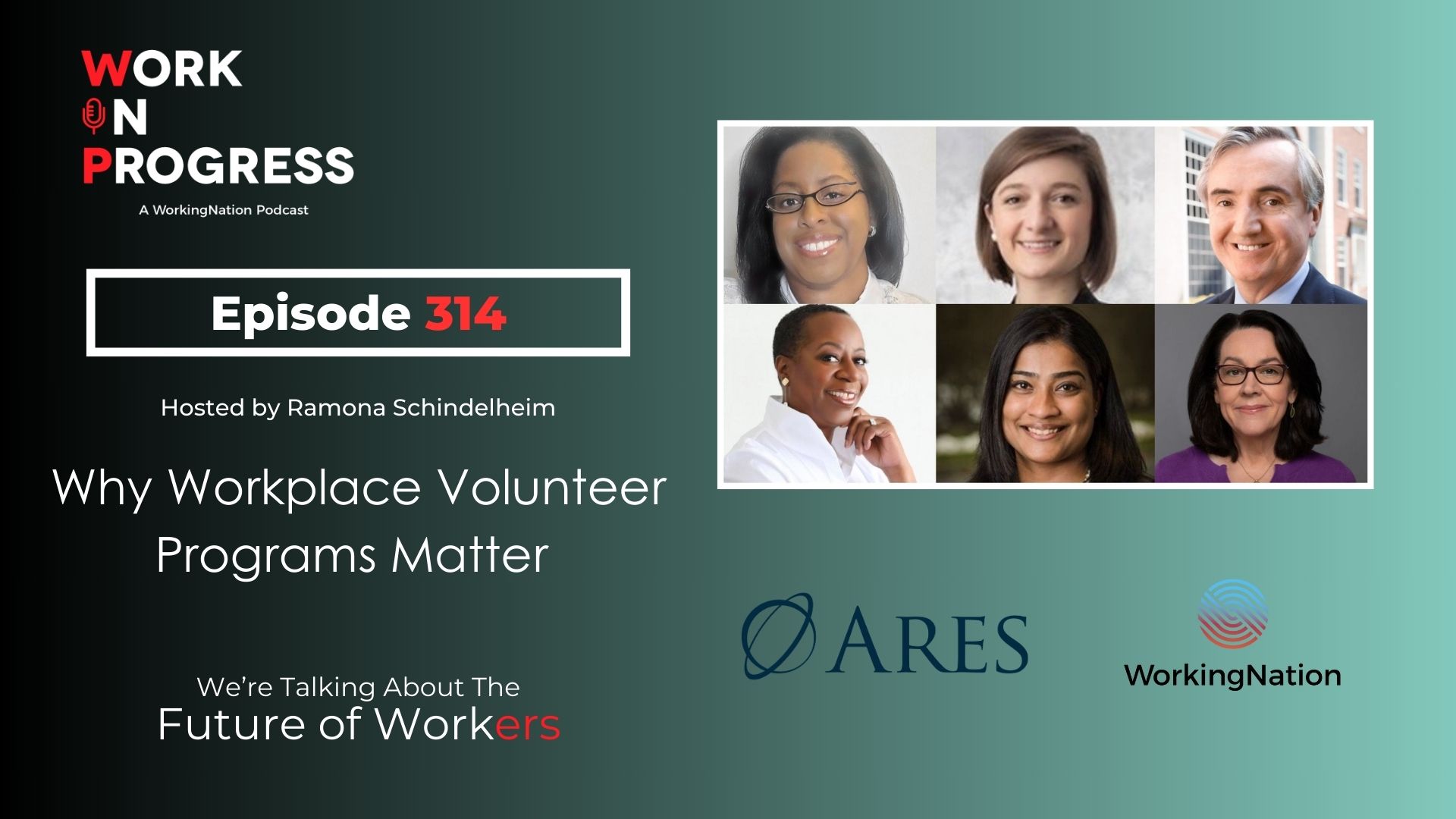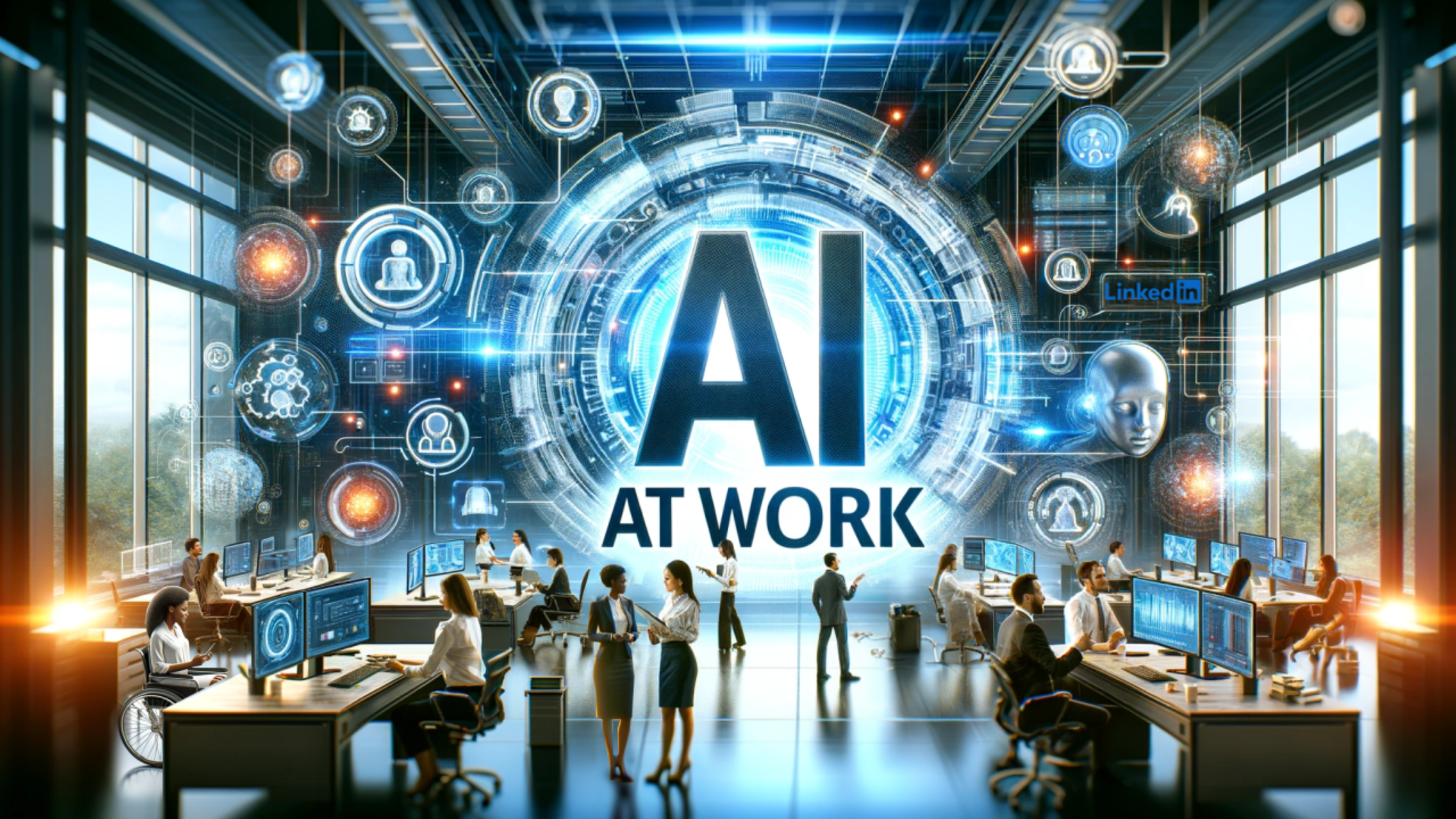Working-class adults have already been “disproportionately hurt by automation and globalization” and more than 32 million working-class Americans are at risk of being left behind even further unless we figure out how to scale-up on-ramp education and training programs designed to put them on a quicker path to upward mobility, according to a new report.
“The people who captured nearly all the job growth in the post-recession economic recovery were the workers with at least some post-high school education,” according to Michelle Weise, the Chief Innovation Officer for the Strada Institute for the Future of Work and a co-author of On-ramps to Good Jobs – Fueling Innovation for the Learning Ecosystem of the Future. “Our current education and training ecosystem is already falling behind and failing too many unemployed and underemployed Americans.”

The term “working-class” is most often used to describe people in low-paying jobs which have little skill or education requirements. For this report, Strada looked at people of all races and ethnicities, living in both urban and rural parts of the country, “who have less than an associate’s degree and are not earning a living wage.”
Adults with only a high school education are 50 percent more likely to live in poverty than are those with some college or a two-year degree. The federal poverty level for a family of four is $27,500.
The curriculum at most colleges and university is not designed for adults who have already entered the workforce and most working-class adults can’t afford to take time off from their jobs to enroll in school. On-ramps to Good Jobs examines successful on-ramp programs that are helping connect the working class more directly to employers, giving them practical experience, and doing it in a concentrated time period, to put them on a quicker path to better-paying jobs and careers.
“Coding and other boots camps are exciting education innovations, but they are, for the most part, largely targeting more educated and more well-off people who can afford to pay out-of-pocket for these expensive programs,” Weise tells me. “What we see as unique with these on-ramps are they are doing the same kind of work in terms of reducing the education and hiring frictions, but they are specifically targeting low-income Americans who could really use the most help here.”
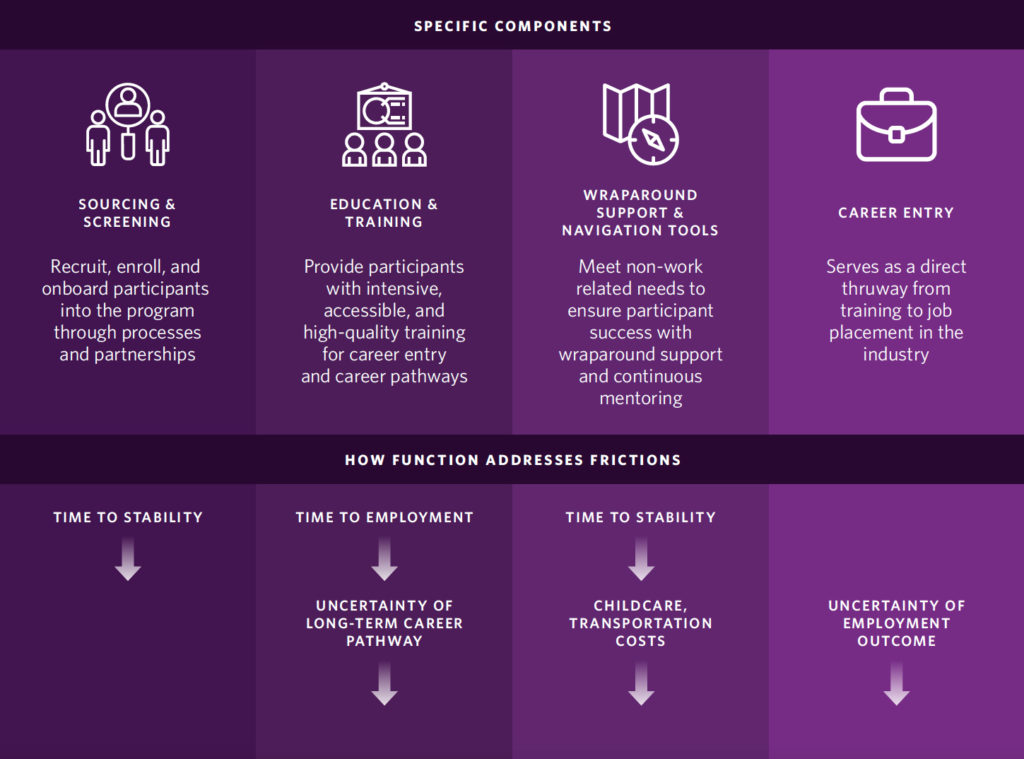
Some of the successful on-ramp programs highlighted in the report include STRIVE International and Techtonic, both previously featured by WorkingNation. STRIVE works with local employers in 20 cities to determine the skills job seekers need to fill open jobs. The nonprofit then sets up a very specific training program around those jobs.
MORE: STRIVE helps underserved job-seekers overcome employment barriers
“On-ramps not only make it easier for learners to get the training they need, but they reduce hiring friction for employers by building trust in the quality of the nontraditional talent pool they bring forward,” according to the report.
Techtonic is a software development company based in Colorado. It’s registered apprenticeship program trains software developers and is recognized by the Department of Labor. “Not only do apprentices get paid for work,” the Strada report explains, “but they also simultaneously develop and hone the skills they will need for long-term career success.”
RELATED: College Alternatives: The disruption in higher education is here
CEO Heather Terenzio explained at WorkingNation’s Work-Based Learning Town Hall that apprenticeships can reach into untapped talent sources and provide the low-cost training that can be out of reach for economically-disadvantaged students.
Work-Based Learning: Q&A with Heather Terenzio | WorkingNation
At WorkingNation’s Town Hall event in Boston, “Work-Based Learning: Building a Better Future for Job Seekers and Employers,” experts detailed the promise of …
The On-ramps to Good Jobs report points out that in a country of 32 million working-class Americans, only 100,000 people leverage these programs annually. It argues that without “deliberate focus on scaling the innovative work of on-ramps, we run the risk that a solution well-suited to a large number of working-class Americans will remain underdeveloped.”
“We want to be able to shake up the social-investing space to say ‘hey, these things actually work, they have demonstrable outcomes, pay attention to these, and let’s figure out how to scale them.’ Instead of investing more into things that are in concept-testing phase, let’s take something that works for a very high-needs population and let’s figure out what are those barriers to scale,” explains Weise.
“Part of those barriers come down to heavy reliance on philanthropic and government sources. There are specific things these social-impact investors — entrepreneurs and funders in particular — could do to help focus on the things that work and help the on-ramps overcome those barriers,” Weise tells me. “The real purpose of this report is not just to highlight how interesting, innovative, and heartening these programs are, it’s really to say let’s figure out how we deploy these at scale.”
Some of these programs are actually well-funded, they just haven’t figured out how to build the best business case for themselves, according to Weise. “What’s interesting is they have such tight employer relationships — that’s one of the hallmarks of on-ramps — but employers have not figured out that these are not just good-will, they are good business, too. They create really interesting, diverse, talent pipelines that normally they wouldn’t go to. When these folks complete the program and are supported beyond job-attainment, they have really great outcomes.”
Weise believes scaling these successful programs in areas with talent droughts could provide employers with an as-yet untapped source for skilled talent. “Workforce development boards could take these ideas and run with them, building their own version. Community colleges also could run with these same ideas and expand upon them. A lot of private colleges, if they are facing some financial duress because they are so tuition-dependent, could use these models that work. They could leverage what already exists, and has been proven, and adapt them to their region.”
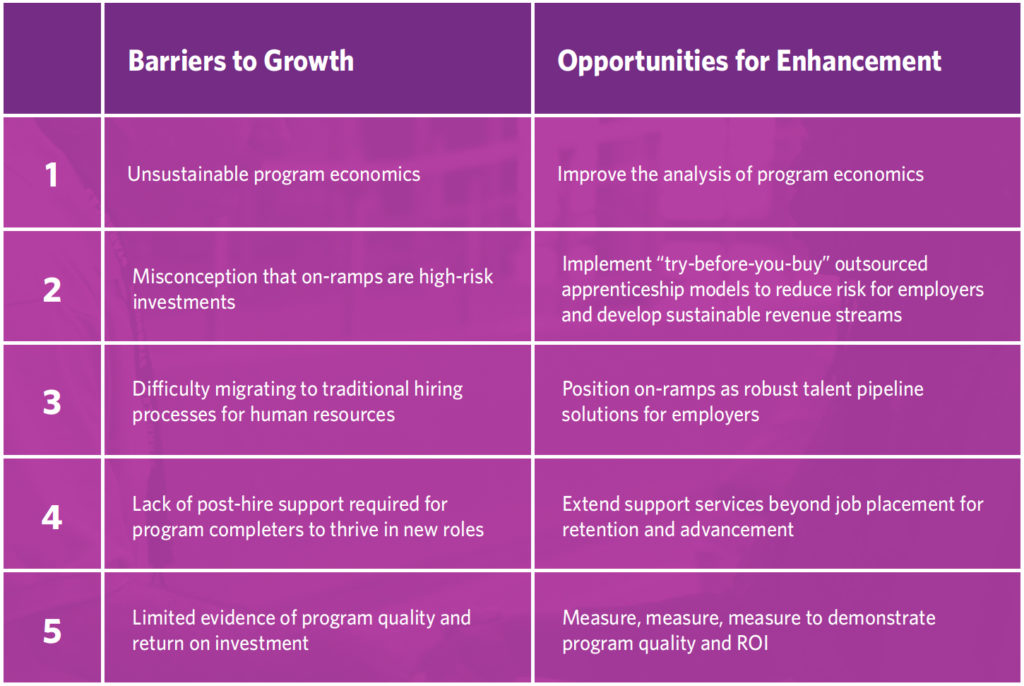
As technology continues to change the nature of work and the workforce, more and more jobs will require additional education and training. The Strada report challenges employers, impact investors and funders, policymakers, learning providers, and entrepreneurs to “take these seeds of innovation and figure out areas for engagement, improvement, and experimentation. We can figure out how to take what is here and multiply the impact in order to empower the 32 million working-class Americans at risk of being left behind by the future of work.”
Join the Conversation: Tell us what you think about the report on our Facebook page.


